Table of Contents
Grade 2/3: Exploring Economic Activities in a Market
Our grade has begun a new and exciting unit to study about the “Activities in a market place”, under the transdisciplinary theme “How we organize ourselves”. The purpose of the inquiry is to build an enduring understanding of the economic activities in a market and their impact on our life. The general focus of the unit is well defined by the central idea “Activities in a market place relies on systems of production, exchange and consumption of goods and services” . The lines of inquiry specifying our learning scope will enable our students to delve deeper into the concepts of goods and services, needs and wants and supply and demand.

We started our inquiry by exploring the journey of a food item to our kitchen. The learning engagements in this unit allowed the students to communicate their understanding of production, distribution, and consumption of their choice of goods. They were exposed to a variety of reading materials and videos to get familiarized with the new vocabulary associated with economics. The virtual market videos and virtual shopping experiences equipped the learners to be more knowledgeable about the important market forces. This unit will give the students an opportunity to be creative thinkers as they explore ideas to start a profitable business and present their business plan with their peers.

Kindergarten/Grade 1: How We Express Ourselves
“There is no greater power on this earth than story.” -Libba Bray
March marked the end of the storytelling unit for kindergarten and first grade from the transdisciplinary theme of “How we express ourselves.” We focused on how to construct stories, what stories can communicate, and how stories are shared. We used graphic organizers to differentiate fiction and non-fiction books, inside and outside character traits, story elements, retelling stories, and comparing stories. The use of various graphic organizers made our thinking visible as we acquired new knowledge, applied new knowledge, separated parts to see the relationships, and combined parts to create more/new relationships.

To help us dive deeper into story elements (characters, setting, problems, and solutions), we read various versions of The Three Little Pigs. In some versions, the plot remained the same, but the characters and settings changed; for example, The Three Little Fish and the Big Bad Shark by Ken Geist and Will Grace. While other versions changed the characteristics of the characters; for example, The True Story of the Three Little Pigs by Jon Scieszka. After exploring many versions, the children decided what story elements they wanted to change and used a story map to plan their own version of The Three Little Pigs. We created a rubric together to remind ourselves about what good stories have. Then the students chose how they wanted to tell their story. Some chose to act it out, some chose to create puppets, and some chose to write a book. The children’s creativity shined through as their stories about space pigs, three mice and a big bad cat, three little bears and the big bad rhino, three little unicorns and the big bad pig, and many, many more versions!

In March, kindergarten and first grade started a new unit about push and pull forces from the transdisciplinary theme “How our world works.” We are now learning how forces work, looking for forces in everyday life, and how simple machines make our lives easier. We are looking forward to using our knowledge to create our own simple machines!
See also: Elementary Extra: Fostering Sustainability Awareness in Second and Third Graders











